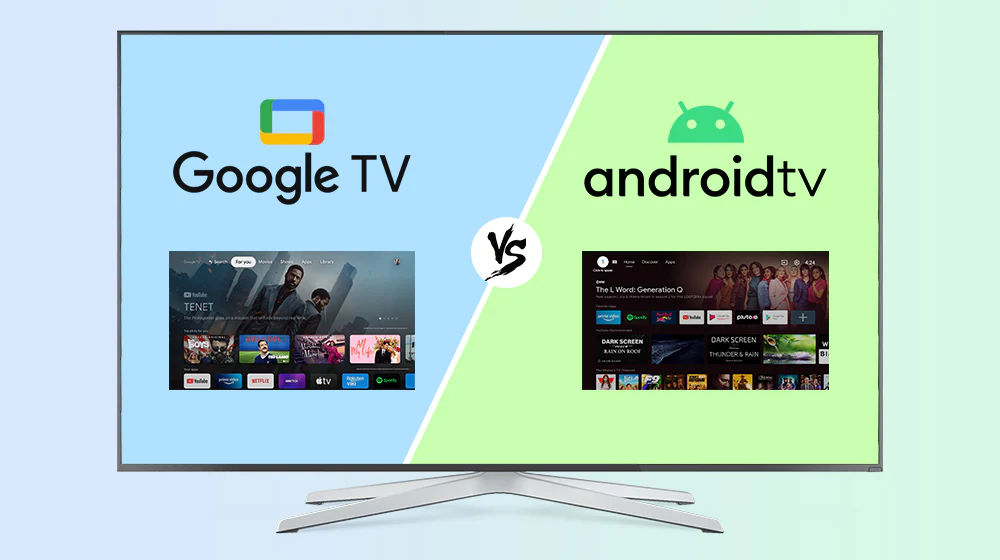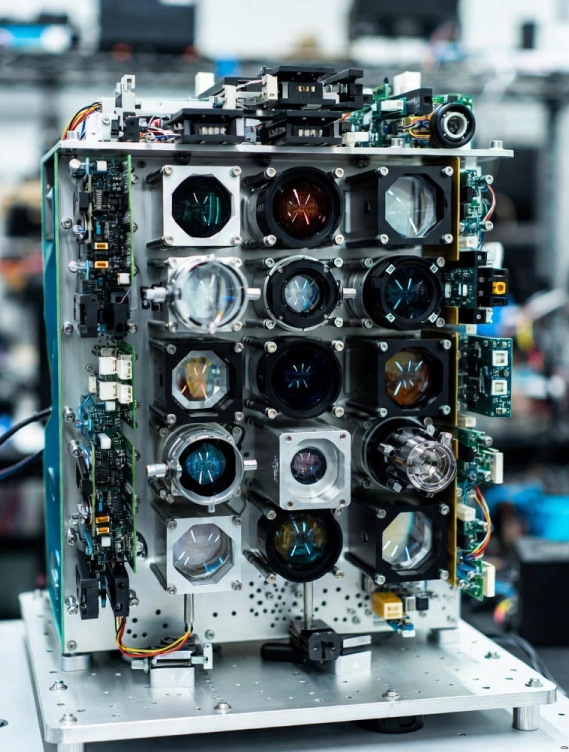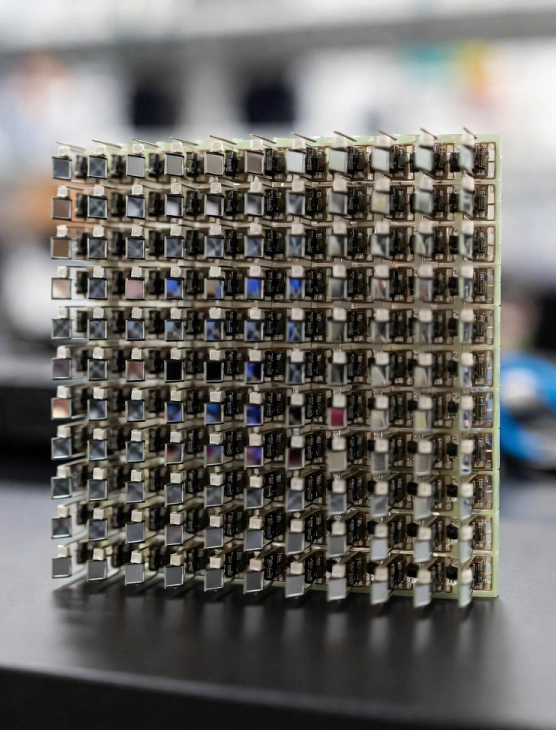The Professional Definition of Android TV
Android TV is a smart TV operating system (OS) developed and maintained by Google, built upon the core Android mobile OS. Unlike the Android version for phones or tablets, Android TV is specifically optimized for large-screen displays—such as HDTVs, 4K projectors, and streaming set-top boxes. It operates on a “content-first” principle, providing an easy-to-navigate “10-foot UI” designed for remote control operation.
At its core, the platform functions as a content aggregator. It integrates applications and content from various streaming services (like Netflix, YouTube, Disney+, etc.) into a unified interface, simplifying the discovery process for users through powerful voice search and recommendation algorithms.
Core Features and Technical Architecture of Android TV
The Android TV platform’s capabilities extend far beyond traditional linear TV, transforming the television into a multifunctional smart entertainment hub.
The Google Play App Ecosystem
Android TV’s most significant advantage is its access to a version of the Google Play Store optimized for television. This allows users to download and install thousands of applications, including:
Streaming Services: Netflix, Amazon Prime Video, Hulu, Disney+, HBO Max, and other major platforms.
Gaming: Support for everything from casual games to high-end cloud gaming services (like NVIDIA GeForce NOW) that require a gamepad.
Tools and Utilities: File managers, media players (VLC, Plex), and web browsers.

Integrated Google Assistant
Deep integration of the Google Assistant is a key technology for Android TV. Users can perform complex voice commands via the remote control’s microphone button, such as:
Content Search: “Find all Oscar-winning sci-fi movies.”
In-App Control: “Play the latest tech news on YouTube.”
Smart Home Control: “Dim the living room lights.”
Information Queries: “What’s the weather today?”
Built-in Google Cast (Chromecast) Functionality
All certified Android TV devices have Google Cast technology built-in. This allows users to “cast” content (including videos, music, and photos) from their smartphone (Android or iOS), tablet, or Chrome browser directly to the TV screen without needing an additional hardware dongle.
The Key Difference: Android TV vs. Google TV
In the marketplace, the terms “Android TV” and “Google TV” are often used interchangeably, leading to widespread confusion. It is critical to understand their relationship:
Android TV is the Operating System (OS): It is the underlying platform, framework, and core technology. It defines how the device runs, how it processes apps, and its foundational feature set.
Google TV is the User Interface (UI): Google TV is a user interface layer, or “skin,” that runs on top of the Android TV OS.
Launched in 2020, Google TV was designed to provide a more personalized, content-focused experience than the standard Android TV interface (sometimes called “Stock Android TV”). Google TV’s powerful algorithms pull content from all of a user’s subscriptions and present them cohesively on the “For You” home screen, reducing the need for users to jump between different apps.
In simple terms: Many new devices today (like Google’s own Chromecast) run “Google TV,” but their “kernel” is still Android TV. Other manufacturers (like some projector brands) may still opt to use the standard Stock Android TV interface.

Types of Devices That Run Android TV
Android TV is a platform open to third-party hardware manufacturers, which is why it is used in a wide variety of device formats:
Smart TVs: Many major TV manufacturers, such as Sony, TCL, Hisense, and Philips, build their TV products with the Android TV or Google TV interface pre-installed.
Digital Media Players: Also known as set-top boxes or streaming sticks, these standalone devices connect to any monitor or TV via HDMI to give it smart capabilities. Famous examples include the NVIDIA Shield TV and the Xiaomi Mi Box.
Smart Projectors: (This is particularly relevant to your business.) Both high-end and portable projectors are increasingly integrating the Android TV OS. This makes the projector an all-in-one device, allowing users to access streaming apps right out of the box without connecting an external computer or streaming stick, which significantly enhances the user experience. Many models from BenQ, Epson, Anker Nebula, and [Your Brand Name, e.g., Toumei] have adopted this system.
Conclusion
Android TV is more than just an OS; it is a mature, Google-backed ecosystem. For users, it offers an unparalleled selection of content and the convenience of voice control. For manufacturers (such as projector companies), adopting Android TV means instantly providing customers with a stable, secure, and feature-rich smart platform without the immense cost of in-house OS development. This makes their products far more competitive in a crowded market.




